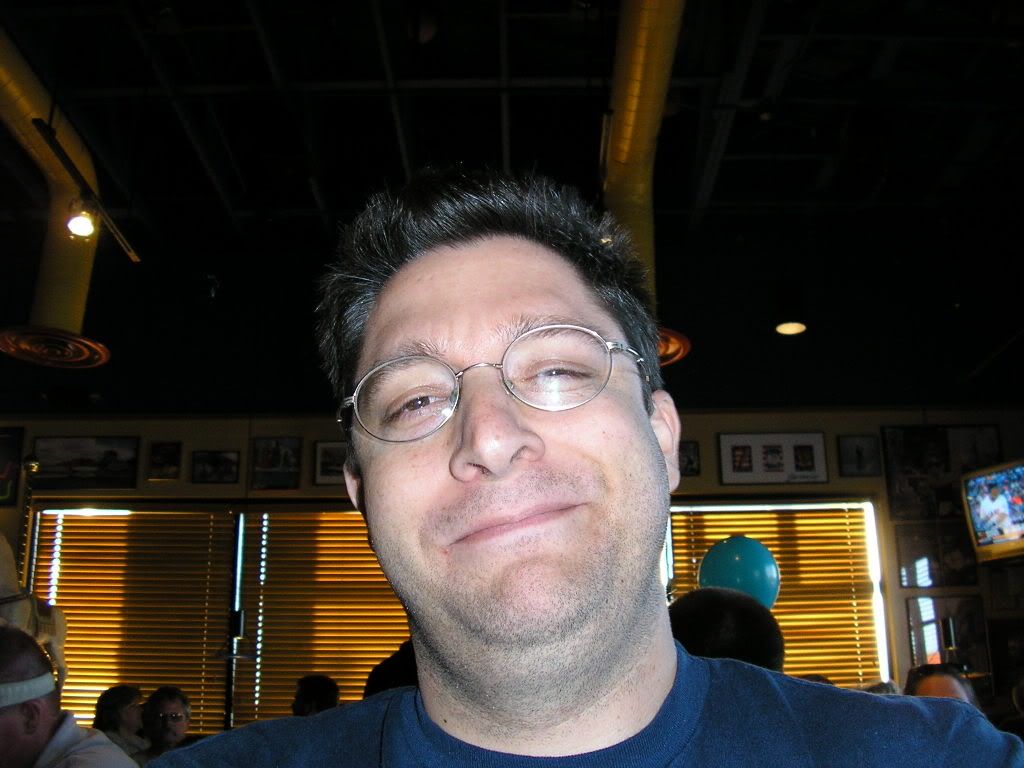MODELLING: My Scenery-building History.
Hi Guys,
1. PLYWOOD MONSTROSITY:
- My very first terrain board that I made many years ago was a green one. It was also huge, bulky and totally unsuitable for transportation. I made it out of 3/4" plywood with spars. A team of guys could have stood on it. I got rid of it at a later date as it was a pain to transport and store for an apartment dweller like myself.
2. CLOTH SHEETS:
- My second experiments were with cloth sheet maps. They were nice and portable but lacked heft. I tried painting one later and it was so much work that I decided to live with the pattern rather than try painting a huge sheet. This is an OK choice and not too expensive if you go by a cloth store when they run discount coupons.
3. BUTCHER PAPER ROLLS:
- A third experiment involved paper... big butcher-paper rolls. The best thing about it was that I could create anything I wanted for next to nothing except a little time expended. Most art stores have large sheets and many teachers have access to this sort of paper as well. I made several paper maps including a Sinai Peninsula desert map. For long-term storage, I recommend buying an architect's poster tube. I like this method, but I still wanted something different for minis.
4. CHEAP PLYWOOD SHEETS:
- The final method that I now prefer is to buy three or four simple plywood sheets that cost about a Dollar or two a piece... dirt cheap. I paint them with simple latex house paint (first matched to simple ceramic craft paint) and can make as many maps as I want. I have flocked some and left others unflocked. I have also used sponges to layer on paint and give depth.
The cheapest plywood sheets are very thin (1/8") and come in 2'x4' pieces so three will make a 4'x6' layout and four will make a 4'x8' layout.
4a. MARS FORGEWORLD:
- My Mars Forgeworld board consist of four sheets primed with cheap black and rust spraypaint and flocked with Woodland Scenics Iron Ore flocking (...originally made for RR transport car beds). We've (Chern and I) since made a number of terrain pieces for the Mars boards.
4b. AGRI-WORLD:
- A second set I made was an Agri-world board with a green base layer. I made this set without flock and made them two-sided. Both sides have green paint, but have different road arrangements on each side. I've made a few Agri-world boards with painted on rivers and left others without rivers so I could use separate river pieces. I'm still modelling scenery for this set.
4c. ASH WASTES:
- I have since made an Ash Wastes board with a grey base layer that was flocked with sand and kitty litter.
4d. DESERT EXPANSES:
- I have also made a desert board with a tan-mustard base color. It was also flocked with sand.
4e. POLAR WASTES:
- I also have both a white sheet set and white-painted plywood sheets for snow/ice-world terrain.
4f. URBAN BLOCKS:
- I took a different approach with cities. I painted some boards with a flat grey/black paint and then built various city blocks that are placed on top of the city board.
A city block is a flat base with sidewalk on top. The sidewalk is only the edges of the sidewalk with big squares of open space between the sidewalk block edges. My buildings are all bases on square and rectangular bases in inch and half inch measurements so they fit into the buildings areas in between the sidewalks. So when I place down the "city blocks," the grey board becomes the street. It makes city set-up very easy instead of laboriously placing streets and buildings.
My buildings are all based on metal bases (usually 3"x3", 3"x6", 6"x6", 2"x4", 1"x3", etc.) that are commonly made for miniatures. This makes it easy to securely store them. The block flats have a thing layer of plasti-card (1mm) with thin low-powered magnetic sheeting over it. Over the magnet goes the sidewalk edges made from gridded plasti-card from RR companies. I generally use the 1/8" square grid because this looks good in 6mm Epic scale.
The cool thing is that the magnetic "city block" piece firmly holds onto the metal-based city building piece so I can transport a city block already built to save time on set-up at a con or game shop. All of the "city blocks" can be pre-built and stored in a big plastic bin. I also chalk a vague outline of where the "city blocks" go on the grey plywood base. Chalk can later be wiped off for a new arrangement. Any chalk left over adds to the dirtiness of the city street areas.
5. TERRAIN ADVICE:
- So, I've gone through several years of experimenting with terrain boards. I hope you benefit from my experience. I recommend starting out with a smaller and simpler project and working your way up to bigger projects.
Out of the two choices proposed (Grey Ash Wastes) or (Brown Badlands) in an earlier post, I would say start with the Brown set first since most players have their minis based on brown and green bases with flocking. Try out the more exotic stuff later.
Shalom,
Maksim-Smelchak.
P.S.
X-posted from:
http://www.epic40k.co.uk/epicomms/ikonboard.cgi?act=ST&f=20&t=5637&st=0&&#entry137633
Labels: 6mm Terrain, Chern, Epicomms, Miniatures terrain, Modelling

0 Comments:
Post a Comment
<< Home